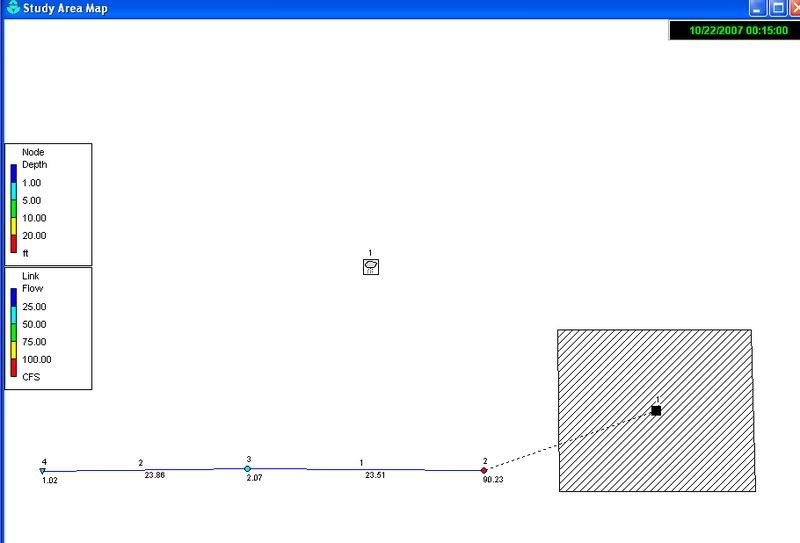KatieTX
Civil/Environmental
- Mar 14, 2006
- 34
I've been told to evaluate a 500-foot long culvert. The first 180 feet is 26" I.D. HDPE on a mild slope. The next 320 feet is 34" I.D. HDPE on a steeper slope. How would I evaluate this (calculate headwater, tailwater, capacity, velocity, etc.)? I've attached a quick sketch of the culvert.


